Citigroup Inc. (NYSE: C) is looking to cut half of its 20,000 tech and operations staff and replace them with artificial intelligence, robotics, and other forms of automation.
Goldman Sachs International is looking to do something similar.
This is according to a series of interviews in the Financial Times.
A Gallup survey of 3,000 Americans released in March shows that 73% felt that AI would kill more jobs than it creates. That tracks with a 2016 survey by the Pew Research Center in which 65% said automation that includes AI would replace “much” of the work done now by humans.
People are scared – and I understand why.
But there’s a much bigger story here – and it’s a positive one for job seekers.
It’s a positive story for technology investors, too – so you know you’ll want to pay attention to this.
The truth is, AI-led automation is not a zero-sum proposition.
So, today let’s drill beneath these alarmist headlines.
Let’s discover how AI-driven automation is actually sparking a jobs boom.
And let’s dig up a hidden way to play this field with a stock that I think will double in lesss than 30 months.
Check it out…
An AI Odyssey
We recently celebrated the 50th anniversary one of the great, groundbreaking films of all time.
For millions of Americans, the debut of “2001: A Space Odyssey” on April 3, 1968, served as their intro into the world of artificial intelligence. And it came with quite a negative point of view.
Recall that the AI-powered HAL 9000 computer takes over the spaceship Discovery One, and even kills one astronaut.
To this day, many Americans remain leery of AI thanks to “2001.”
BREAKING: Canada’s New Law May Have Just Handed You a Shot at Millions – Click Here Now
However, Stanley Kubrick’s film had such a powerful impact on me that I’ve followed the world of AI – both its positive and negative effects – ever since.
In recent years, AI has become synonymous with automation and robotics because the three are now tightly intertwined as factories all over the world adopt these high-output platforms.
While the mainstream media is focused on automation’s job-killing prospects, I believe that AI will be a long-term boon to the economy.
And I’ve got several pieces of empirical data to back that stance up…
- Last month, the Asian Development Bank said automation had created an extra 34 million jobs in the region. That’s because the tech lowered prices while improving quality for Asian goods.
- In a 2017 study, Deloitte found that automation in the United Kingdom had destroyed 800,000 jobs in the past 15 years. But over that same period, it had created 3 million jobs – and they paid an average $13,500 more than the old ones.
- The Centre for European Economic Research predicts that by 2021 industrial employment in its home market of Germany will rise by 1.8%. The study says that’s because the tech is making those factories more competitive.
- And a June 2017 study sponsored by Salesforce.com Inc. (NYSE: CRM) puts the economic impact of AI at $1.1 trillion by 2021 – and that’s just for cloud-based revenue in the customer relationship management end of the cloud computing sector.
So, it’s exciting news to see global chip leader and Silicon Valley pioneer Intel Corp. (Nasdaq: INTC) focus so heavily on AI.
In September 2017, Intel unveiled an experimental “neuromorphic” chip called Loihi. As Intel says, this chip compares “machines with the human brain.” It can “read” its environment and become constantly smarter.
In fact, Loihi mimics many of the basic neural pathways in the human brain by packing 130,000 neurons and 139,000 synapses into 128 computer cores.
But as much as I find Intel’s new breakthrough highly exciting, there is an even better way for technology investors like you to play this emerging field.
Fact is, as important as AI chips are becoming, they are useless without one key device – computer memory.
And this firm delivers…
Crushing the “Memory” Market
As a quick recap, memory devices store dynamic data to make computers run faster and more smoothly.
This is what allows you to open multiple windows on your web browser while you work on a document, edit photos, and add graphics to a presentation – all while streaming music in the background.
By definition, AI requires complex memory chips because of the daunting amount of data these systems must crunch through to work at speeds that approach the human brain.
And Micron Technology Inc. (NYSE: MU) is the best memory firm operating in the world today. Even better, it has signed key partnerships with Intel over the course of its history.
Back in 2003, for example, Intel invested $450 million for a 5.3% stake in Micron to help the firm develop memory chips that would work well with Intel’s microprocessors.
Then, in 2005, the firms formed a $1.2 billion joint venture to develop NAND flash memory. That’s the kind of memory that now stores all the data in your smartphones and tablet computers.
If that’s all we tapped with our investment in Micron, it still would be huge. But Allied Market Research says NAND flash memory will be a $39 billion market by 2022.
And the story gets better…
Every Moment Counts: Canada just ended 90 years of marijuana prohibition – and early investors who strike now have the chance to mint millions. Even a few hours’ delay could cost you thousands in potential gains. Learn more…
Micron is investing in the next generation of chip building and has begun selling a type of memory that will take smartphone and tablet computing to a whole new level.
And it should have a huge impact on gaming, Big Data, cloud computing, and virtual reality – not to mention AI.
Multidimensional Computing
Launched roughly a year ago in another joint effort with Intel, 3D XPoint is a new platform that looks at memory in a whole new way. This tech uses a microscopic mesh of wires that can be stacked on top of each other to provide computing in three dimensions.
The result is a single system that can handle both memory and storage – and performs both functions better than what’s out there today.
Grand View Research says the market for next-gen memory such as 3D XPoint will reach $3.4 billion by 2020 because of its scope throughout the world’s major tech systems.
In other words, Micron has a lot of long-term upside.
And it’s not doing badly in the short term, either. In its most recent fiscal quarter, Micron said it grew earnings per share by 246%.
With that strong earnings growth, we also get bargain pricing. Shares trade at $56 but are dirt cheap on a relative basis – roughly just five times next year’s earnings.
That’s a nearly 70% discount from the S&P 500’s forward earnings ratio.
In other words, you’re getting an amazing discount on a firm that cuts a wide swath through our tech-centric world.
I believe the stock could double in as little as 30 months.
I base that on the fact that over the past three years, Micron’s earnings have grown an average 31%. That means they should double in just 27 months – and pull the stock price up along the way.
Add it all up and you can see that it’s time to stop worrying about AI.
Instead, cash in on this red-hot trend.
With Micron, we have a stock that can do just that while piling up profits for tech investors over the next several years.
Source: Money Morning

 MICHAEL A. ROBINSON
MICHAEL A. ROBINSON

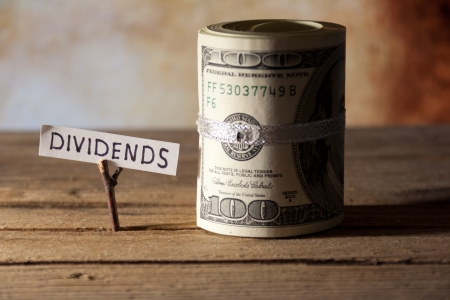

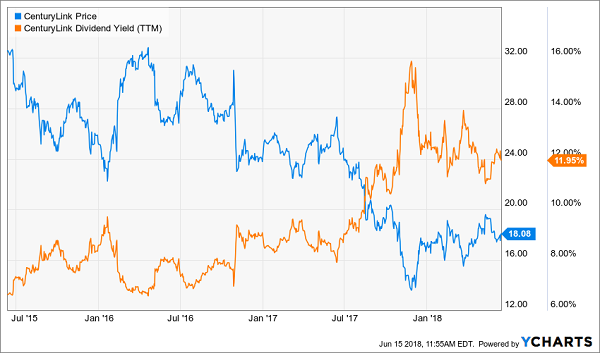
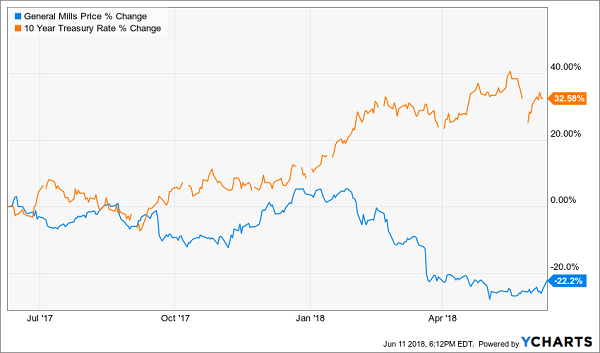
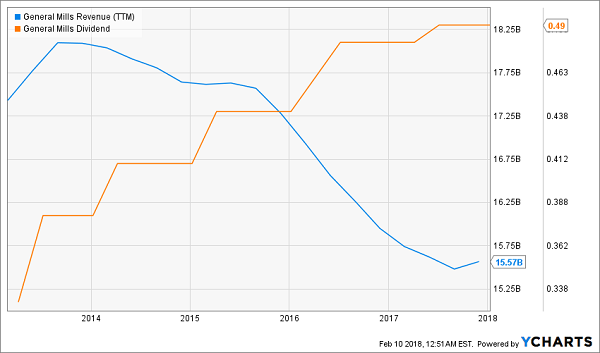
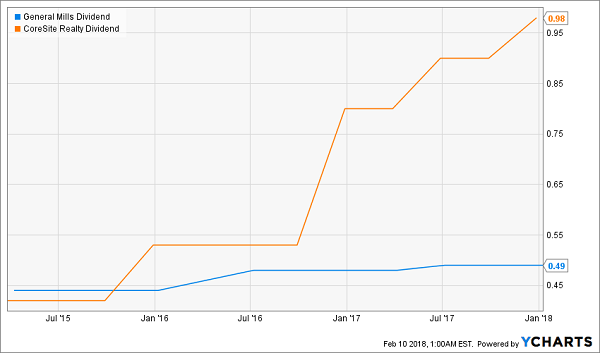
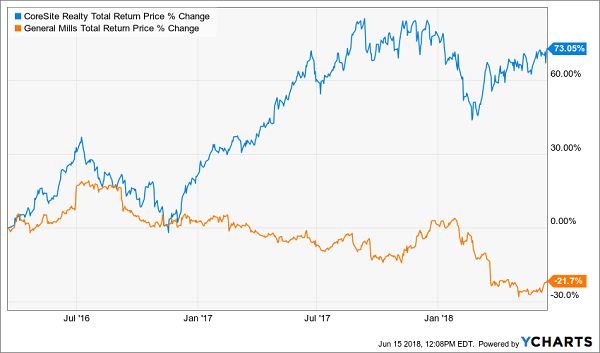



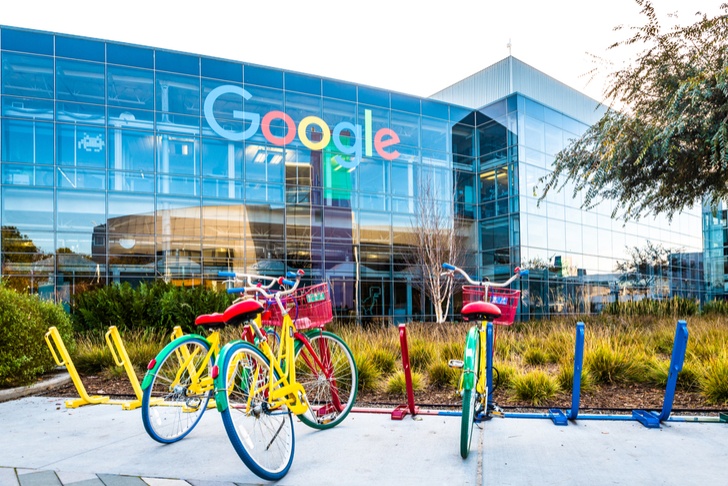



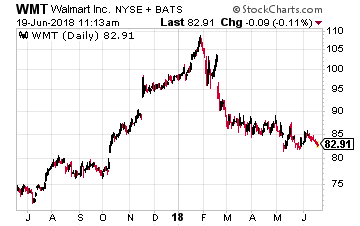 So it is comforting to see that one of the largest food retailers in the U.S. – Walmart (NYSE: WMT) – is beginning to adopt blockchain technology in its food supply chain. Since 2016, Walmart has been working with IBM (NYSE: IBM) to develop software that uses blockchain to track products through its supply chain.
So it is comforting to see that one of the largest food retailers in the U.S. – Walmart (NYSE: WMT) – is beginning to adopt blockchain technology in its food supply chain. Since 2016, Walmart has been working with IBM (NYSE: IBM) to develop software that uses blockchain to track products through its supply chain.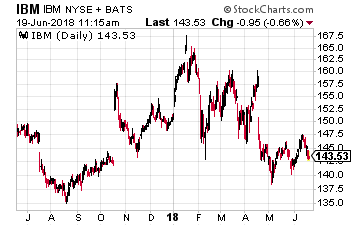

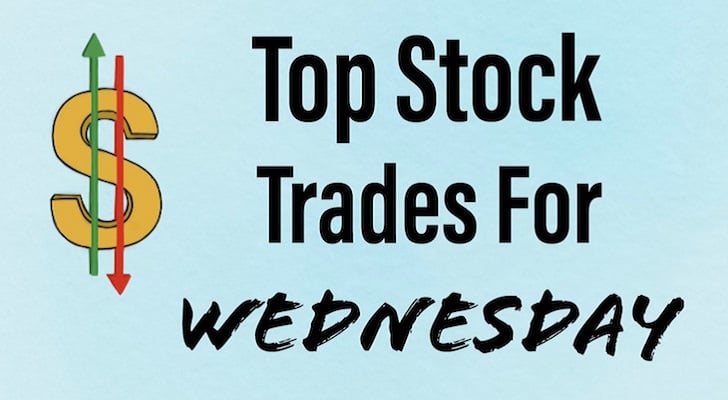
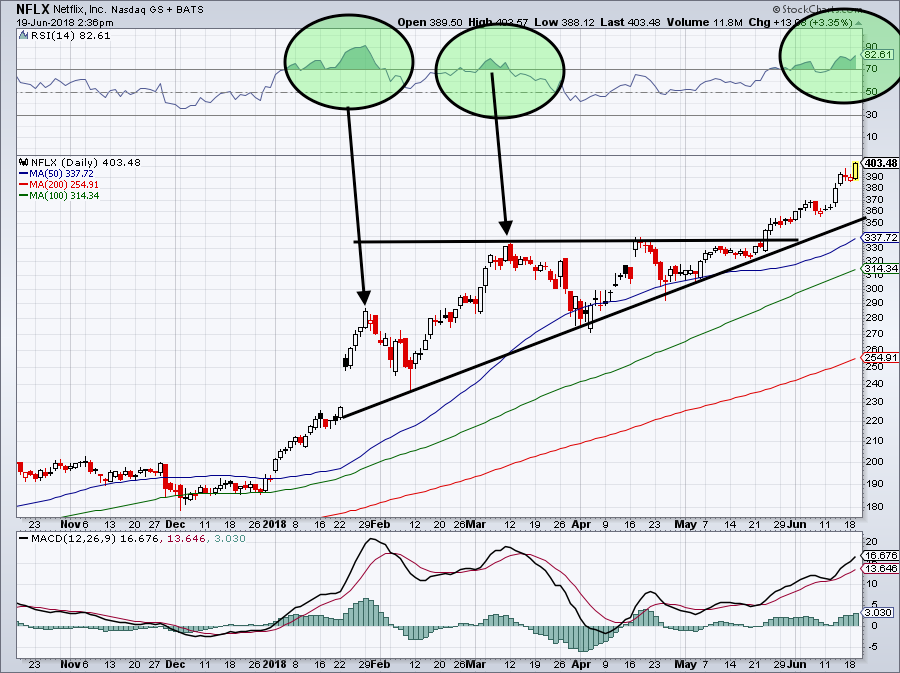
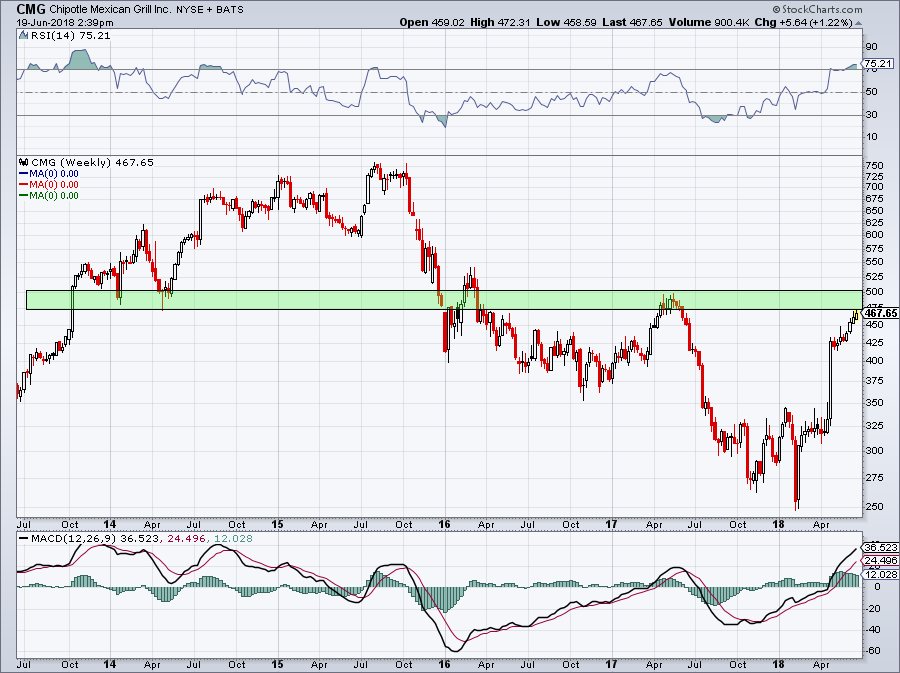
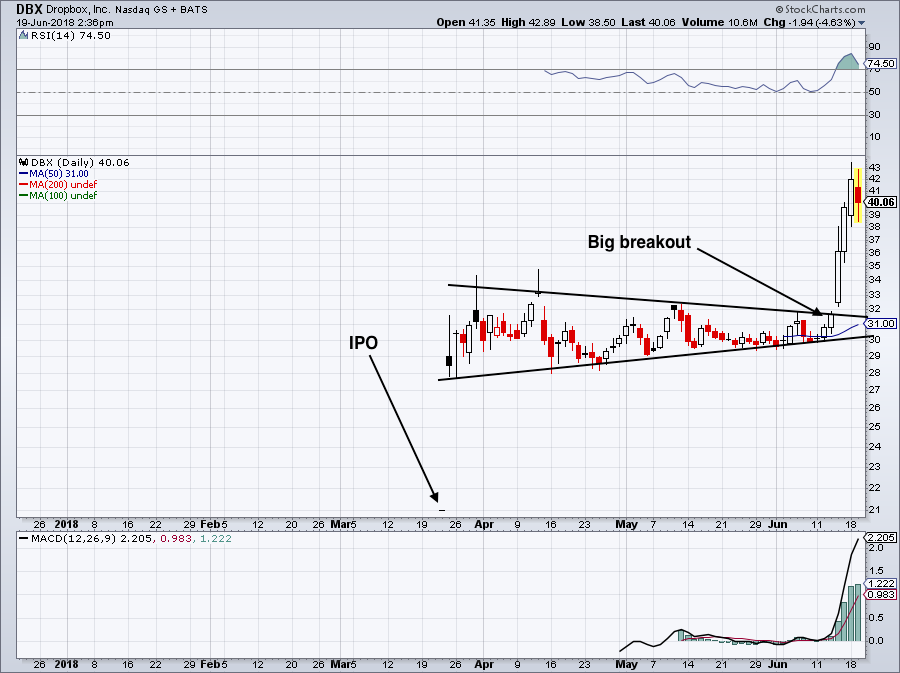
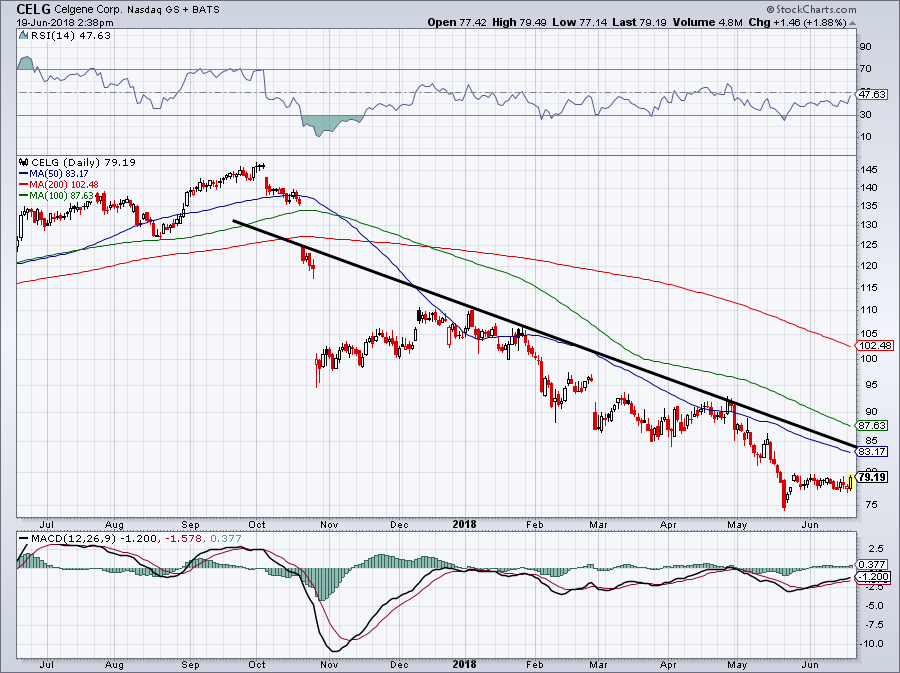
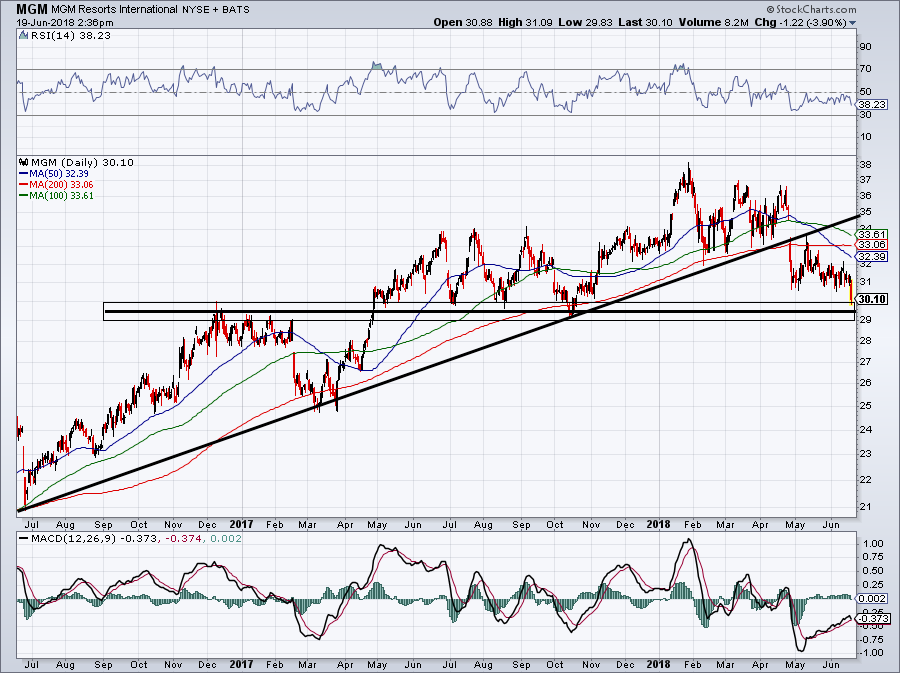

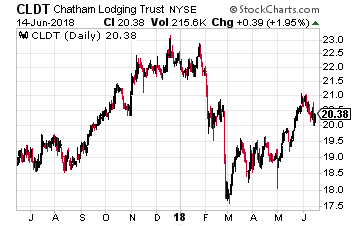 Chatham Lodging Trust (NYSE: CLDT) is a lodging/hotel REIT which owns 40 hotels in 15 states. The portfolio consists of premium branded upscale extended stay and select service hotels. The hotel REIT sector peaked in January 2015 and then went into a steep bear market which bottomed one year later. Over the last two and a half years, share prices have been volatile without a definite up or down trend.
Chatham Lodging Trust (NYSE: CLDT) is a lodging/hotel REIT which owns 40 hotels in 15 states. The portfolio consists of premium branded upscale extended stay and select service hotels. The hotel REIT sector peaked in January 2015 and then went into a steep bear market which bottomed one year later. Over the last two and a half years, share prices have been volatile without a definite up or down trend.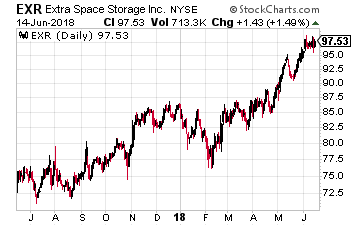 Extra Space Storage (NYSE: EXR) is a large-cap, self-storage REIT with a best in class track record. The company owns 851 storage facilities. It has interests in another 216 through joint ventures and provides the management services for an additional 456 properties. The self-storage business provides strong same store revenue growth with low expenses and capital spending requirements.
Extra Space Storage (NYSE: EXR) is a large-cap, self-storage REIT with a best in class track record. The company owns 851 storage facilities. It has interests in another 216 through joint ventures and provides the management services for an additional 456 properties. The self-storage business provides strong same store revenue growth with low expenses and capital spending requirements.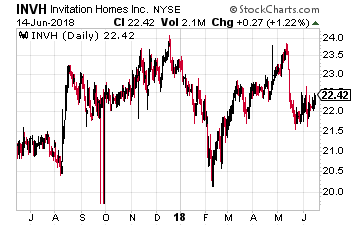 Invitation Homes (NYSE: INVH) is one of the small number of REITs focused on owning single-family rental homes as opposed to apartment complexes. These REITs are the result of the institutional buying of distressed homes during the housing make crash of 2009-2011.Thousands of homes were bought at low prices, rehabilitated and turned into rental properties.
Invitation Homes (NYSE: INVH) is one of the small number of REITs focused on owning single-family rental homes as opposed to apartment complexes. These REITs are the result of the institutional buying of distressed homes during the housing make crash of 2009-2011.Thousands of homes were bought at low prices, rehabilitated and turned into rental properties.
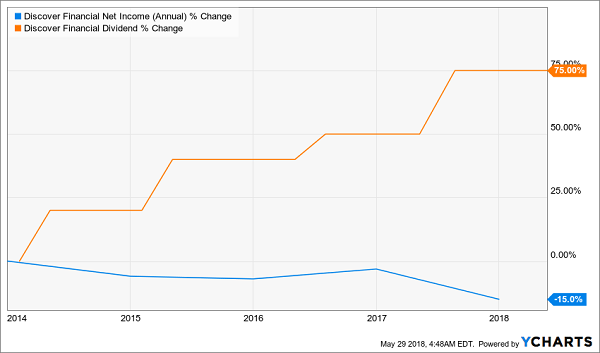
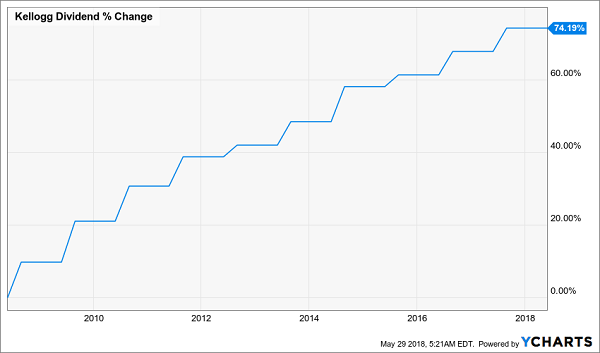
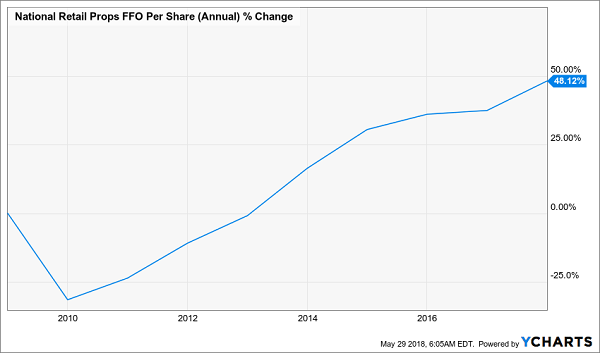


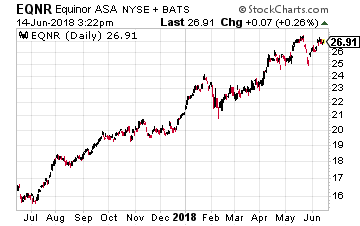 Of the larger oil companies, my favorite is Norway’s Equinor ASA (NYSE: EQNR), which recently changed its name from Statoil to emphasize its long-term move pivot away from oil and toward alternative energy.
Of the larger oil companies, my favorite is Norway’s Equinor ASA (NYSE: EQNR), which recently changed its name from Statoil to emphasize its long-term move pivot away from oil and toward alternative energy.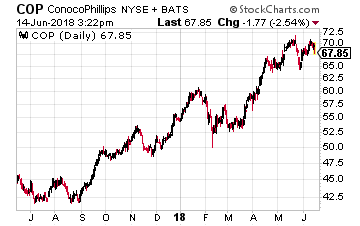 Here in the U.S. I like ConocoPhillips (NYSE: COP), which is also up 26% year-to-date. This should continue as the company expects compound annual growth rate (CAGR) of production through 2022 of 22%. Not surprising when you consider that the bulk of the acreage it holds in the Eagle Ford shake and Bakken shale are rich in oil. Another plus is that on February 1, ConocoPhillips entered into a deal with AnadarkoPetroleum to buy a 22% stake in the Western North Slope of Alaska. The company will also acquire the stake of Anadarko in the Alpine pipeline. Once the deal concludes, ConocoPhillips’ cash flow will rise from incremental production increases.
Here in the U.S. I like ConocoPhillips (NYSE: COP), which is also up 26% year-to-date. This should continue as the company expects compound annual growth rate (CAGR) of production through 2022 of 22%. Not surprising when you consider that the bulk of the acreage it holds in the Eagle Ford shake and Bakken shale are rich in oil. Another plus is that on February 1, ConocoPhillips entered into a deal with AnadarkoPetroleum to buy a 22% stake in the Western North Slope of Alaska. The company will also acquire the stake of Anadarko in the Alpine pipeline. Once the deal concludes, ConocoPhillips’ cash flow will rise from incremental production increases.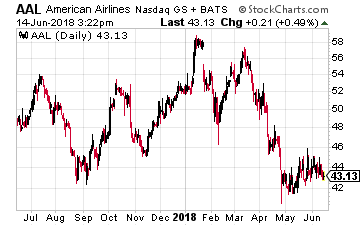 Jet fuel represents a third of airlines’ expenses and industry executives predict costs will be passed on to consumers via higher fares. If I had to pick one loser among the airlines, it would be American Airlines (Nasdaq: AAL), which has added fuel costs to its other problems (overcapacity, etc.)
Jet fuel represents a third of airlines’ expenses and industry executives predict costs will be passed on to consumers via higher fares. If I had to pick one loser among the airlines, it would be American Airlines (Nasdaq: AAL), which has added fuel costs to its other problems (overcapacity, etc.)